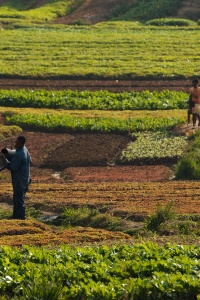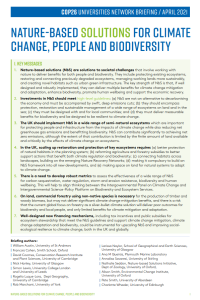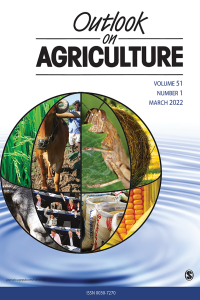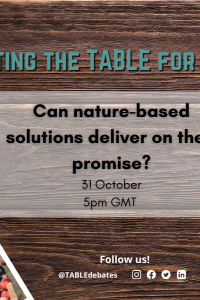A companion crop is a plant grown in close proximity to another crop plant in order to provide some benefit. Such benefits include legumes grown to provide nitrogen fixation and lower the need for synthetic nitrogen inputs, densely growing undercrops that do not compete with the crop but cover the soil and prevent weed growth, plants with insect-repelling properties to reduce pests, flowering plants which attract pollinators, and others. By replacing other, artificial interventions to achieve these goals, companion planting can be considered an example of a 'nature-based solution'. Companion crops might themselves also be food crops, or be grown solely for these benefits to the primary crop. Companion planting is a form of polyculture, and is typical of permaculture and agroecological growing.






